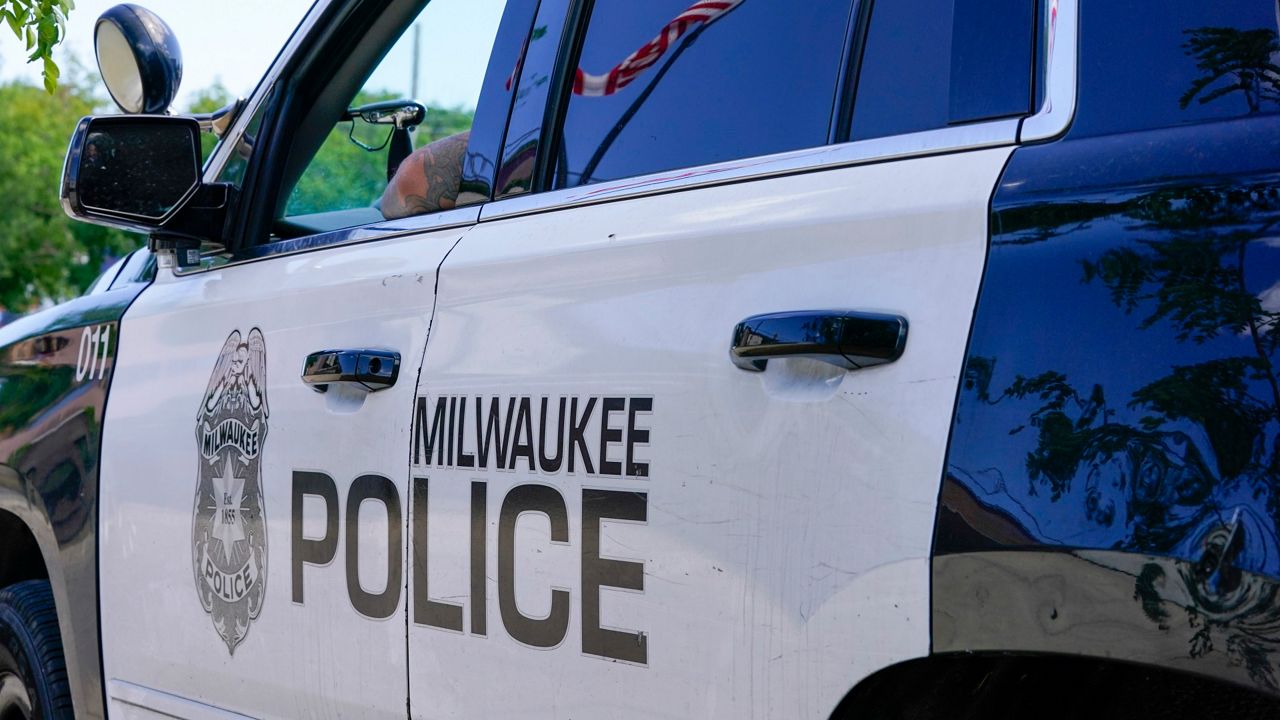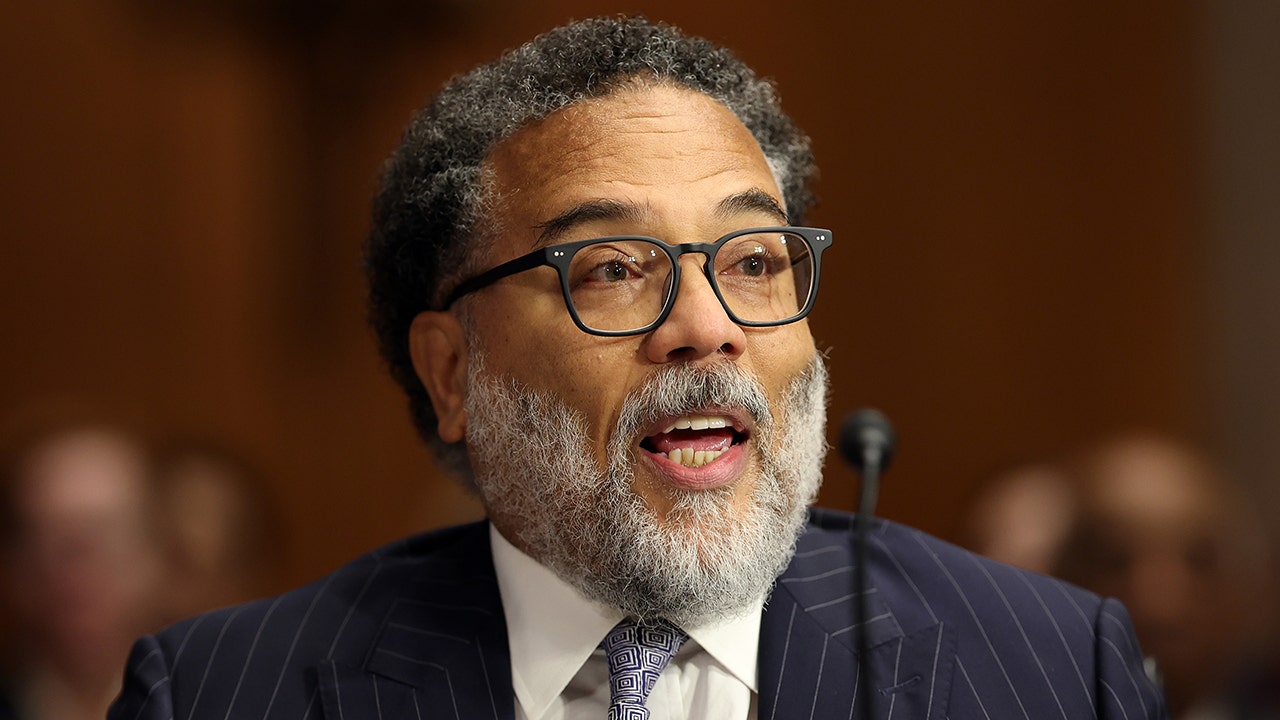Education
Opinion | A Word on Censorship From the Book-Banning Monster of Iowa

A couple of weeks ago, before the start of another school year, I found myself standing in the middle of the stacks in our high school library, my heart sinking. I had come in search of five books that I needed to read to make the final determination about whether they would remain on the shelves for our students or be boxed up and stored in my office, not to be seen by the students under penalty of law.
The one book that especially pained me was “Friday Night Lights” by H.G. Bissinger.
When I pulled the sole copy from its tidy place among the B’s to reread, I noticed its tattered, torn and taped cover. It has been well loved by our student body. It gives me no joy to limit the books available to them, and I am grateful that in the end I was able to keep “Friday Night Lights” on the shelf. That well-worn copy will be replaced by two new ones; I plan to keep the original in my office as a reminder of the summer I became the book-banning monster generating headlines the world over.
Iowa’s “parental rights bill,” signed into law at the end of May and made effective July 1, put public schoolteachers and administrators in an untenable position and recently thrust my own district in north-central Iowa into notoriety.
The law mandates that school libraries may only contain “age-appropriate” books free of any “descriptions or visual depictions of a sex act” as defined by Iowa Code. In a particularly draconian move, the law holds individual teachers and school librarians accountable for violations.
Filtering thousands of books for a single description of a sex act was daunting; the start-of-the-school-year timeline made it nearly impossible. To make compliance with the law even more difficult, the state’s Department of Education gave no guidance to school districts as we scrambled to provide cover for our teachers and demonstrate a good-faith effort to comply with this onerous law.
Our district serves about 3,500 students with nine school libraries and hundreds of classroom libraries. While our school library collections are digitally cataloged and searchable, a typical classroom library, which our district believes is also covered by the new law, is a different story. It is likely to be a collection of books that came with the classroom itself, with others donated and still more purchased by the teacher at garage sales and used bookstores to ensure a robust collection that improves the odds that every student will have the life-affirming experience of falling in love with a book.
Even though I have read, enjoyed and taught many of these books as a former English teacher, I cringe at having to judge them based on these new legal requirements. I read these books for the reasons we all read — for joy and to experience the world through someone else’s eyes, not in search of a description of sex.
To demonstrate a genuine effort to comply with the law with minimal time and energy invested, we used a process that has drawn widespread attention and criticism. We created a list from several lists of commonly challenged books, then deleted from our list any book challenged for reasons other than sexual content. We then further winnowed our list to books in our school library collections.
That’s when we turned to ChatGPT for help. For each of these titles, we asked: Does the book contain a description of a sex act? ChatGPT identified 19 books, though for each, its response contained a caveat: “Yes, but,” noting a scene’s literary value or contextual appropriateness.
Unfortunately, Iowa’s lawmakers left no room for these qualifiers. We went to resources such as Book Looks and Common Sense Media to further check each of the 19 books and ultimately read (or reread) several to verify that they contained a description of a sex act.
Three of the books identified through A.I. were returned to our collections because A.I. was wrong: “Friday Night Lights,” Lois Duncan’s “Killing Mr. Griffin” and Sherman Alexie’s “The Absolutely True Diary of a Part-Time Indian.” Sixteen were removed, including Jodi Picoult’s “Nineteen Minutes” and Patricia McCormick’s “Sold.” We were forced to silence the marginalized voices represented by Alice Walker in “The Color Purple” and Toni Morrison in “Beloved.” We’ve been compelled to lump together childhood sexual assault and sexual violence with pornography and remove Maya Angelou’s “I Know Why the Caged Bird Sings” and Margaret Atwood’s “The Handmaid’s Tale.”
The widespread outrage that followed these decisions is both righteous and necessary.
There are no winners in the game of censorship. I was simply seeking to mitigate the damage of a destructive law and perhaps channel the energy of the public outcry to address the real issue here — this misguided legislation — and the fact that our students still won’t have access at school to culturally relevant works.
The headlines proclaimed that we used A.I. to remove books. The American Civil Liberties Union described that as a “dystopian twist” to book banning. Rolling Stone proclaimed: “Iowa School District Bans Books by Toni Morrison, Margaret Atwood After A.I. Review for ‘Depictions of a Sex Act.’”
I’d argue that we used A.I. to try to keep books. The technology allowed us to zero in only on those books that violated the precise letter of the law without collateral damage to other books, enabling us to keep on the shelf more than 30 titles we feared might be questionable.
Some other districts cast a wider net. Without guidance, operating in an environment of fear driven by state politics that seem to be out for blood in public education, other districts made deep cuts to their collections. School administrators directed teachers to remove not only any books that contain sexual content but also any they haven’t read and all other texts whose details they can’t fully remember. One of my former students who teaches in another Iowa school district told me that three of the five bookshelves in her classroom library are now empty because of her district’s directions.
We all live our roles as teachers and school leaders very publicly. Each of us brings her own values, histories and belief systems to her work. We became educators because we believe in public education. I wholeheartedly believe in the transformational power of books and open access to information. I do not shirk from the public accountability of my job, but it was deeply hurtful to hear messages left on my assistant’s voice mail calling me a Nazi, a communist pig, an idiot and a danger to society.
I have a million better things to do with my time than keep kids from books. Teachers have real work to do. We already have a process in place that allows parents to ask us to reconsider books and instructional materials we make available. Our district has not had a formal challenge to a book in our libraries in over two decades, indicating that parents are not worried about what is on the shelves.
I believe in parents’ rights. I want all the parents in our country to be actively making the decisions they believe are best for their children. At the same time, let’s not overlook our collective responsibility to achieve the goal of the American public education system — to ensure that every child has access to the highest quality teaching and opportunities for learning. Much of that opportunity can be found in the discoveries that await on library shelves. That’s why we must protect our public schools from the political agendas that are hobbling them.

Education
Video: Several Killed in Wisconsin School Shooting, Including Juvenile Suspect

new video loaded: Several Killed in Wisconsin School Shooting, Including Juvenile Suspect
transcript
transcript
Several Killed in Wisconsin School Shooting, Including Juvenile Suspect
The police responded to a shooting at a private Christian school in Madison, Wis., on Monday.
-
Around 10:57 a.m., our officers were responding to a call of an active shooter at the Abundant Life Christian School here in Madison. When officers arrived, they found multiple victims suffering from gunshot wounds. Officers located a juvenile who they believe was responsible for this deceased in the building. I’m feeling a little dismayed now, so close to Christmas. Every child, every person in that building is a victim and will be a victim forever. These types of trauma don’t just go away.
Recent episodes in Guns & Gun Violence
Education
Video: Biden Apologizes for U.S. Mistreatment of Native American Children

new video loaded: Biden Apologizes for U.S. Mistreatment of Native American Children
transcript
transcript
Biden Apologizes for U.S. Mistreatment of Native American Children
President Biden offered a formal apology on Friday on behalf of the U.S. government for the abuse of Native American children from the early 1800s to the late 1960s.
-
The Federal government has never, never formally apologized for what happened until today. I formally apologize. It’s long, long, long overdue. Quite frankly, there’s no excuse that this apology took 50 years to make. I know no apology can or will make up for what was lost during the darkness of the federal boarding school policy. But today, we’re finally moving forward into the light.
Recent episodes in Politics
Education
Video: Los Angeles Bus Hijacked at Gunpoint

new video loaded: Los Angeles Bus Hijacked at Gunpoint
transcript
transcript
Los Angeles Bus Hijacked at Gunpoint
The person suspected of hijacking a bus which killed one person, was taken into custody after an hourlong pursuit by the Los Angeles Police Department early Wednesday morning.
-
“Get him.”
Recent episodes in Guns & Gun Violence
-

 Business7 days ago
Business7 days agoThese are the top 7 issues facing the struggling restaurant industry in 2025
-

 Culture7 days ago
Culture7 days agoThe 25 worst losses in college football history, including Baylor’s 2024 entry at Colorado
-

 Sports6 days ago
Sports6 days agoThe top out-of-contract players available as free transfers: Kimmich, De Bruyne, Van Dijk…
-

 Politics5 days ago
Politics5 days agoNew Orleans attacker had 'remote detonator' for explosives in French Quarter, Biden says
-

 Politics5 days ago
Politics5 days agoCarter's judicial picks reshaped the federal bench across the country
-

 Politics3 days ago
Politics3 days agoWho Are the Recipients of the Presidential Medal of Freedom?
-

 Health2 days ago
Health2 days agoOzempic ‘microdosing’ is the new weight-loss trend: Should you try it?
-

 World7 days ago
World7 days agoIvory Coast says French troops to leave country after decades














